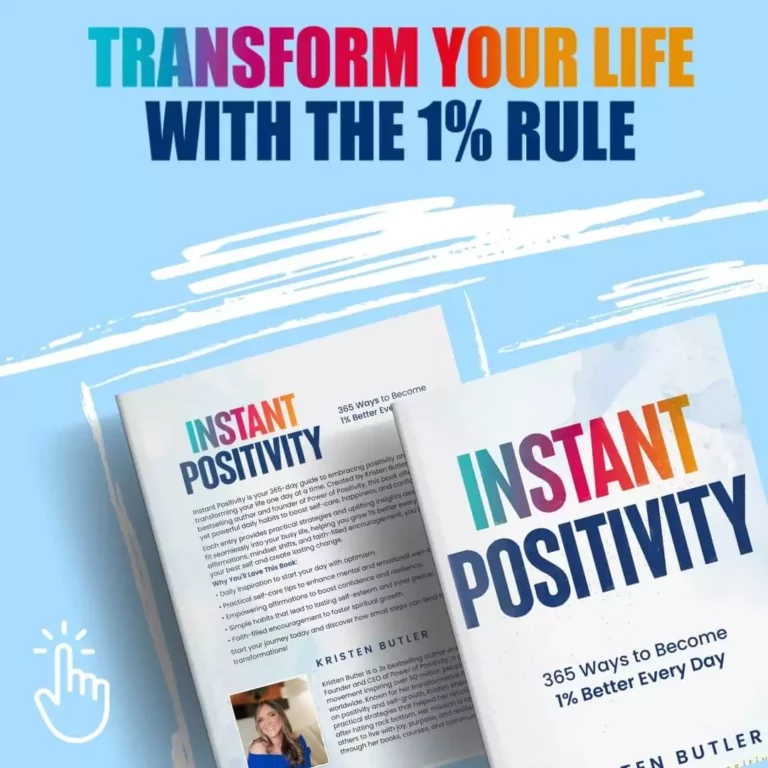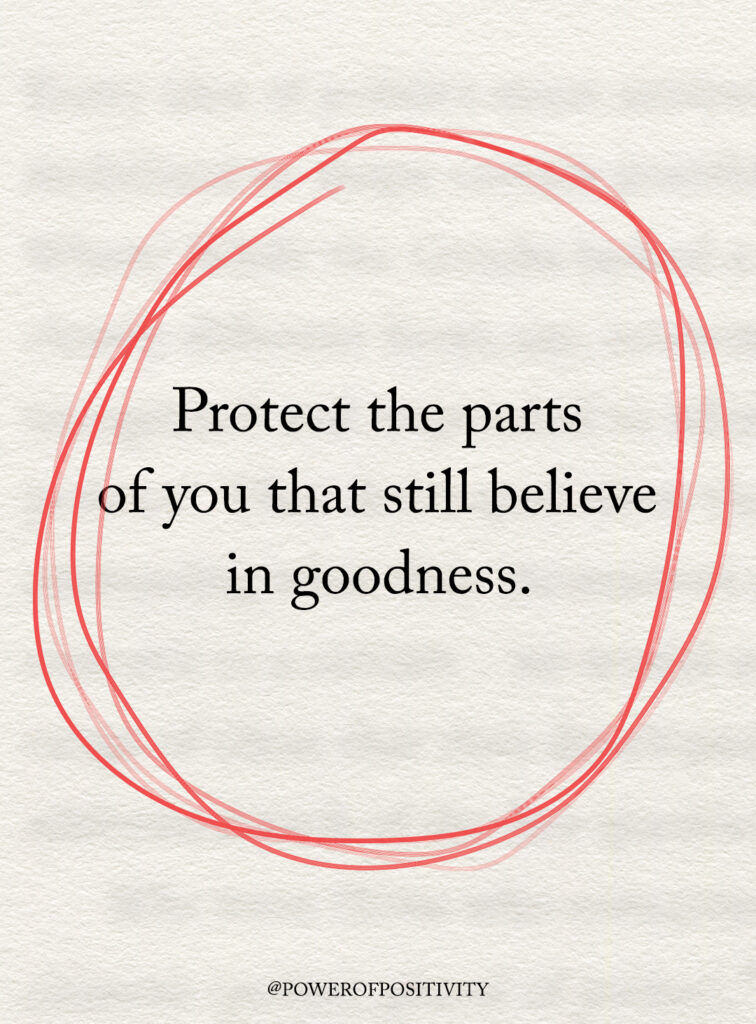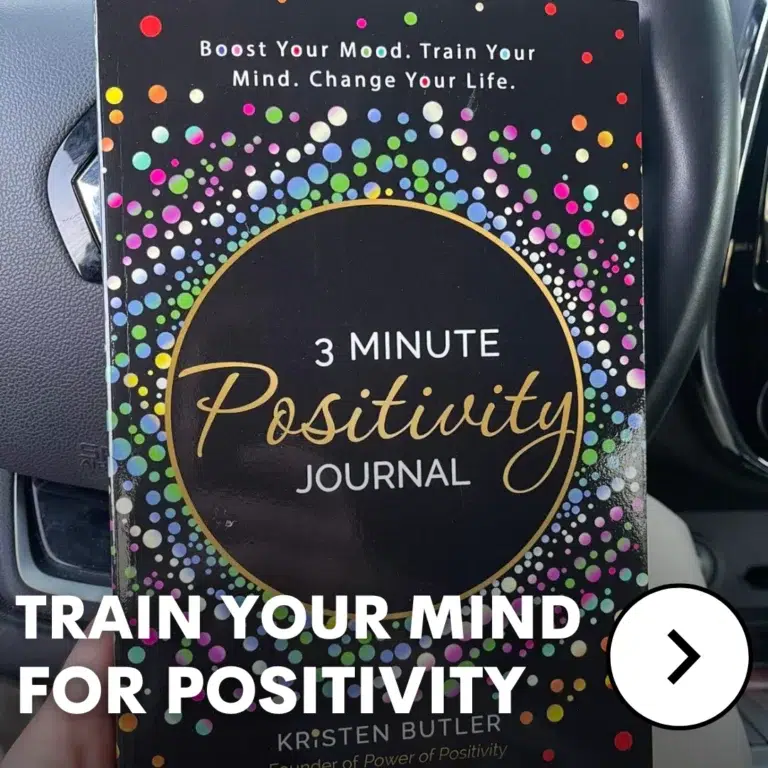There are moments when you’ve smiled through anger, laughed while hurting, or told someone “I’m fine” when you weren’t. Those small acts of pretending may seem harmless, but constantly suppressing emotions comes with a cost. Holding it all in doesn’t make you strong—it only keeps the truth locked inside.
Healthy emotional regulation means understanding and expressing what you feel in a balanced way. Suppression, on the other hand, means pretending those feelings don’t exist. Over time, that silence builds pressure, leaving your mind and body to carry emotions that never got a chance to breathe.
People often suppress emotions to avoid conflict, protect themselves, or appear calm. But what’s hidden doesn’t heal—it simply waits for a moment to burst through.
It may seem harmless in the moment, but what we push down doesn’t disappear — it just waits for a chance to surface.
Why People Suppress Their Emotions
Many people start suppressing emotions not because they want to hide who they are, but because it feels safer that way. From childhood, we learn to keep feelings quiet when we’re told things like “stop crying” or “toughen up.” Over time, those words teach us that showing emotion means weakness.
Some learn it at home, where parents or caregivers ignored, mocked, or punished emotional expression. Others pick it up in school or at work, where being calm and composed earns praise, while being honest about stress or sadness can be seen as “too much.”
Underneath it all is a natural drive for safety. The human brain avoids pain, so emotional silence becomes a form of self-protection. Yet many confuse this silence with strength — mistaking suppression for control.
That illusion of control is what keeps many stuck — until it starts working against them.
The Illusion of Control
Telling yourself “I’m fine” can feel powerful. It creates a sense of order in messy moments, giving temporary peace from conflict or vulnerability. For a while, suppressing emotions seems like the smart move — no arguments, no tears, no drama.
But emotions don’t vanish when ignored. The brain continues processing them, storing tension that shows up as overthinking or restlessness. It’s like sealing a boiling pot — pressure builds until the lid bursts.
Soon, the smallest triggers lead to big reactions, and calmness turns into exhaustion. The truth is, real control doesn’t come from silence; it comes from understanding what you feel and handling it with care.
And when that pressure has nowhere to go, it doesn’t just stay in your head — it spreads through your body.
How Suppression Affects the Brain and Body
Suppressing emotions doesn’t just affect your mood — it rewires how your body handles stress. When you hold feelings inside, the amygdala, the brain’s “alarm system,” activates the stress response. Even when you look calm, your body acts like it’s under attack.
Stress hormones like cortisol and adrenaline surge. Muscles tighten. Breathing gets shallow. Over time, this constant state of alert wears down the nervous system.
Studies show that chronic suppression can increase the risk of:
- High blood pressure and heart problems — the body stays tense too often.
- Digestive issues and headaches — stress interferes with normal body functions.
- Weakened immunity — long-term stress leaves you more vulnerable to illness.
- Fatigue and brain fog — the mind struggles to focus under constant strain.
Many don’t realize that physical pain — like backaches or migraines — sometimes links to unprocessed emotions. When feelings stay trapped, the body finds other ways to express them.
But the damage isn’t just physical — emotions we bury tend to resurface in unexpected, often messy ways.
The Emotional Domino Effect
Burying emotions doesn’t make them disappear; it just changes their shape. When you keep anger, sadness, or fear hidden, they leak out in other ways. You might:
- Snap over small annoyances.
- Feel disconnected or numb during meaningful moments.
- Overreact to minor stress.
- Use distractions — food, alcohol, scrolling, or overworking — to avoid your thoughts.
Each time you push down a feeling, the next one piles on top, building an emotional backlog. What starts as sadness can turn into irritability; what begins as worry can show up as controlling behavior.
This mix-up makes it hard to know what’s really going on inside. You might feel “off” but can’t name why. It’s because your emotions are tangled beneath layers of silence.
Eventually, this doesn’t just affect you — it changes the way you connect with the people you care about.
The Hidden Costs in Relationships
Suppressing emotions doesn’t just wear you down — it builds invisible walls between you and others. When feelings stay locked inside:
- You stop saying what you truly need.
- Conversations become shallow and safe.
- Resentment grows from things left unsaid.
Avoiding emotional honesty might prevent conflict for now, but silence creates distance later. The more you hold back, the harder it becomes to feel seen or understood.
You can’t build closeness on silence — connection requires honesty. Research shows that people who suppress emotions report less relationship satisfaction and more loneliness.
If you’ve noticed distance or tension in your connections, your emotions might be asking for attention.
Recognizing When You’re Bottling Things Up
Sometimes, suppressing emotions becomes such a habit that you don’t even realize it’s happening. Here are a few signs:
- You say “I’m fine” when you’re not.
- Your shoulders or jaw always feel tight.
- You replay conversations in your head but never speak up.
- You zone out or feel emotionally numb.
- You suddenly explode after staying quiet too long.
These patterns don’t mean you’re broken — they mean your emotions have been silenced for too long. Awareness is the first step toward change.
Try journaling what you feel or paying attention to your body’s signals — like chest tightness or stomach knots. Those sensations are messages your mind has been trying to send.
Once you start noticing your own patterns, you can begin replacing suppression with expression — safely and effectively.
Healthier Ways to Process and Express Emotions
Suppressing emotions doesn’t have to be your default. Healthy expression is a skill — and it’s one you can learn.
1. Name It to Tame It
Simply naming what you feel helps your brain calm down. Say “I’m angry” or “I’m nervous.” Naming it breaks its hold.
2. Practice Mindful Pausing
When you feel overwhelmed, pause. Take a slow breath and notice where the emotion sits — your chest, throat, or stomach. Awareness relaxes your body.
3. Communicate Honestly but Gently
Use “I” statements like “I felt hurt when…” to express needs without blame. Clear talk builds understanding.
4. Channel Energy Productively
Walk, stretch, paint, or write. Movement and creativity help release what words can’t.
5. Build Emotional Safety
Spend time with people who listen without judgment. If it feels too heavy, therapy can guide you toward healthier emotional habits.
Expression isn’t weakness — it’s how your emotional system resets itself. Letting emotions flow doesn’t erase pain, but it stops pain from controlling you.
Final Thoughts: Letting Feelings Flow
Suppressing emotions might feel protective, but it quietly disconnects you from yourself. Every time you silence what you feel, you lose a little of your truth.
Emotional honesty isn’t about oversharing — it’s about living without the weight of what’s unspoken. Like any habit, it takes patience and practice to change.
When you stop fighting your emotions, you stop fighting yourself. Each feeling you acknowledge becomes one less burden to carry — and one step closer to real peace.















